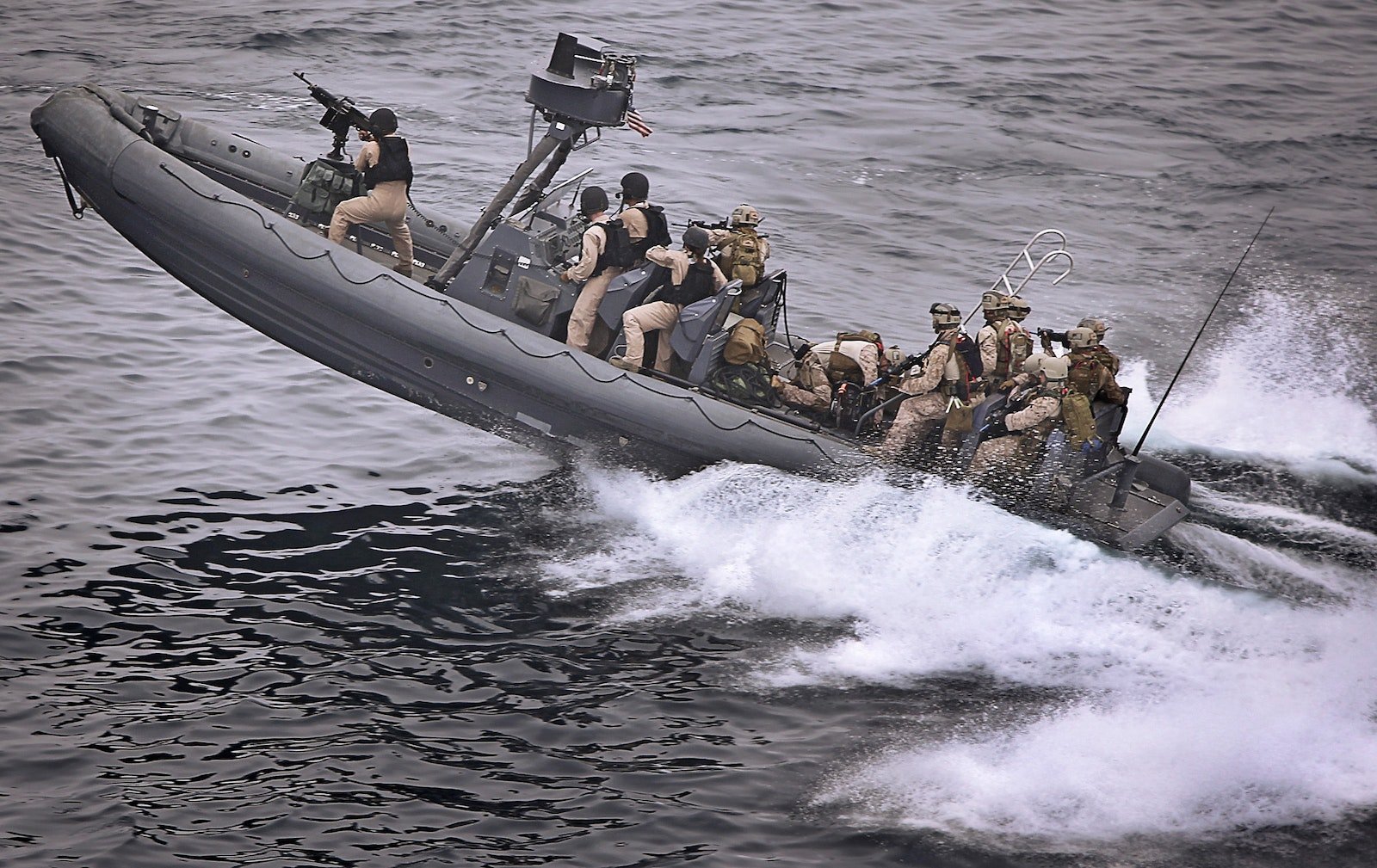In a recent move that underscores North Korea’s growing emphasis on its maritime capabilities, the Democratic People’s Republic of Korea’s (DPRK) supreme leader, Kim Jong Un, paid a visit to the country’s naval command. The state-run media outlet, Korean Central News Agency (KCNA), reported the visit on Tuesday, and it drew significant international attention.
Historical Perspective
To comprehend the significance of this visit, it’s crucial to understand North Korea’s naval history. For decades, the DPRK’s naval forces played a secondary role in comparison to its land-based military. The country has always placed considerable emphasis on its vast ground forces and ballistic missile programs, primarily due to its geographical location and historical threats.
However, there have been signs in recent years of a shift in North Korea’s defense priorities, moving towards enhancing their maritime strength. This transition can be attributed to the need to protect its maritime boundaries, ensure exclusive control over its rich fishing zones, and counterbalance the naval forces of its adversaries, especially South Korea and the United States.
Kim’s Focus on Naval Power
Kim Jong Un’s visit to the navy command is not an isolated event. It comes amid a series of actions by the DPRK that suggest a renewed focus on naval power. There have been reports of modernizing naval equipment, expanding submarine capabilities, and increasing naval drills in the past few years. Kim’s personal involvement in these activities underscores the importance he attaches to naval prowess in his vision for North Korea’s defense strategy.
This emphasis on naval capabilities serves multiple purposes:
- Deterrence: The enhancement of North Korea’s naval forces acts as a deterrence to adversaries. The presence of a formidable naval force makes it challenging for rivals to dominate the surrounding seas and shores.
- Economic Importance: The sea represents a source of economic sustenance for North Korea. Control over the sea allows for exclusive access to fishing zones and potential underwater mineral resources.
- Strategic Depth: A strong naval force provides strategic depth to North Korea, allowing it to respond to threats from different directions, not just its land borders.
Global Implications
The international community, especially countries neighboring the Korean Peninsula, should be attentive to this shift in DPRK’s defense policy. For South Korea and Japan, North Korea’s focus on naval strength could pose potential threats to their maritime interests, trade routes, and naval operations.
Moreover, the U.S., which has maintained a significant naval presence in the Pacific, might find its freedom of movement restricted or challenged by a more assertive North Korean navy. Any miscalculation or misunderstanding in naval operations could lead to escalation, given the tense relations between the DPRK and the U.S.
Diplomatic Overtures and Strategic Communications
While the immediate impulse might be to perceive Kim’s visit to the navy command as a sign of aggression, it is essential to understand that every move on the global stage can be both a show of strength and a call for dialogue. With diplomatic channels between North Korea and its adversaries often fraught with tension, military posturing sometimes serves as an indirect mode of communication.
Kim Jong Un’s emphasis on naval forces might be his way of signaling to the world – and especially to the U.S. – that North Korea is a force to be reckoned with on all fronts. It could also be an invitation for renewed talks, emphasizing that any dialogue should take into account the country’s full spectrum of defense capabilities.
Conclusion
Kim Jong Un’s visit to the DPRK’s navy command and his call for the strengthening of its naval forces are not just isolated events but indicative of a broader strategic shift in North Korea’s defense and foreign policy. As the country aims to bolster its maritime power, neighboring nations and the global community at large should respond with a mix of vigilance and diplomacy.
In an ever-evolving geopolitical landscape, it is imperative to interpret such moves not just as signs of aggression but also as potential overtures for dialogue. Mutual respect, open channels of communication, and a deep understanding of each nation’s strategic imperatives are vital for ensuring peace and stability in the region.
Read More:
